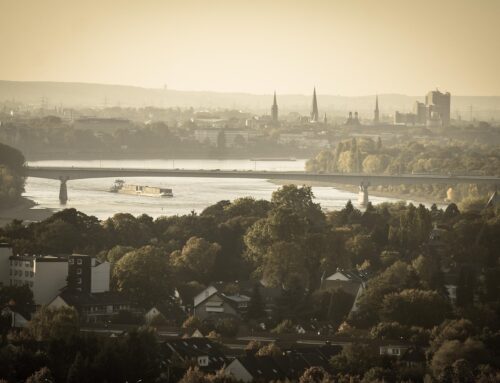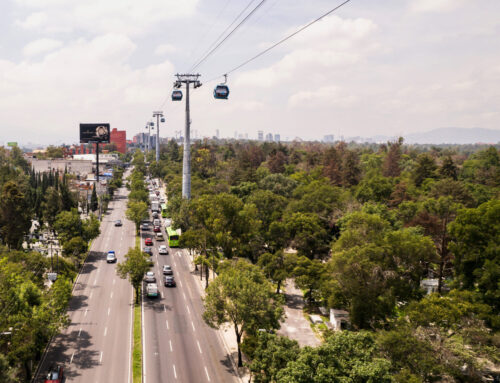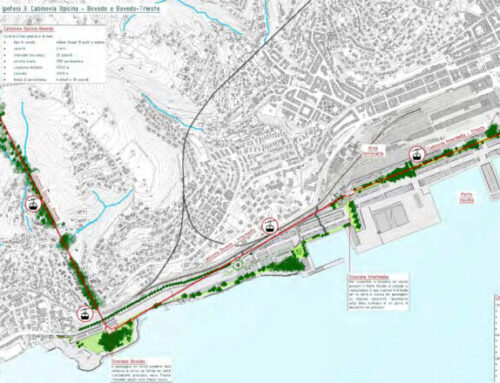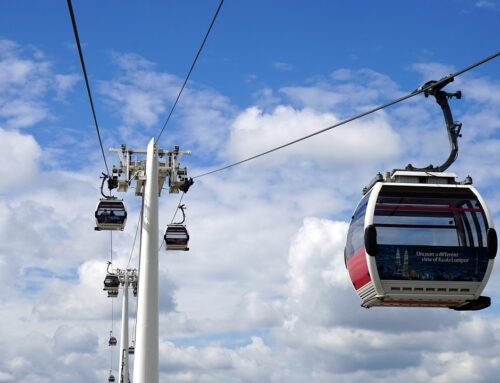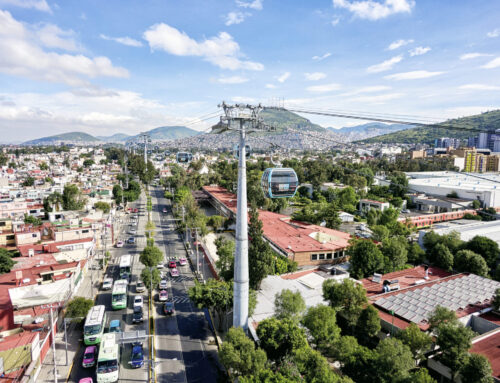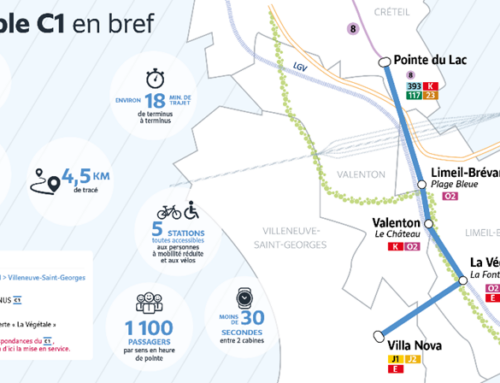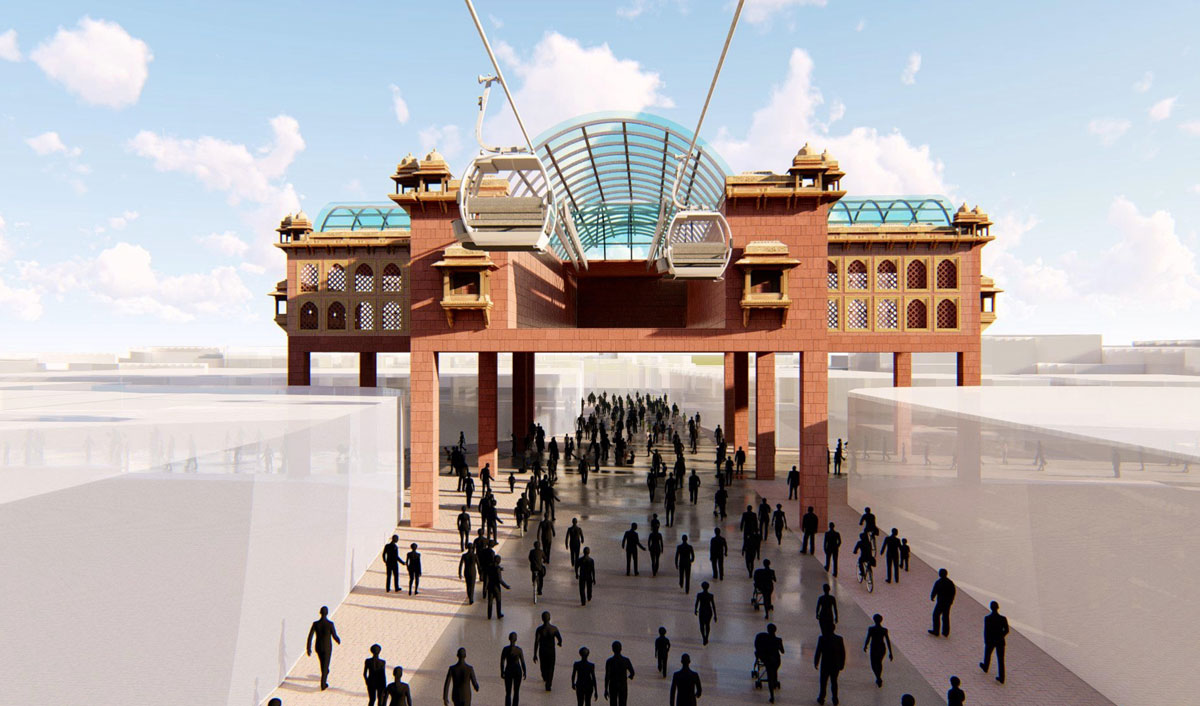
SI-Urban
India: Salzmann & Bernard are planning eleven ropeways
The jointventure between Salzmann Ingenieure and the Bernard Group was commissioned with the planning of eleven ropeway projects in in India. The investment volume amounts to 300 million euros all over the country.
The first project is being developed in Varanasi in the state of Uttar Pradesh. From 2025 the urban ropeway will carry up to 3,000 pilgrims per hour safely to their destination.
Site of the future urban ropeway
terminus in Varanasi planned by Salzmann engineers and the Bernard Group. Photo: Salzmann
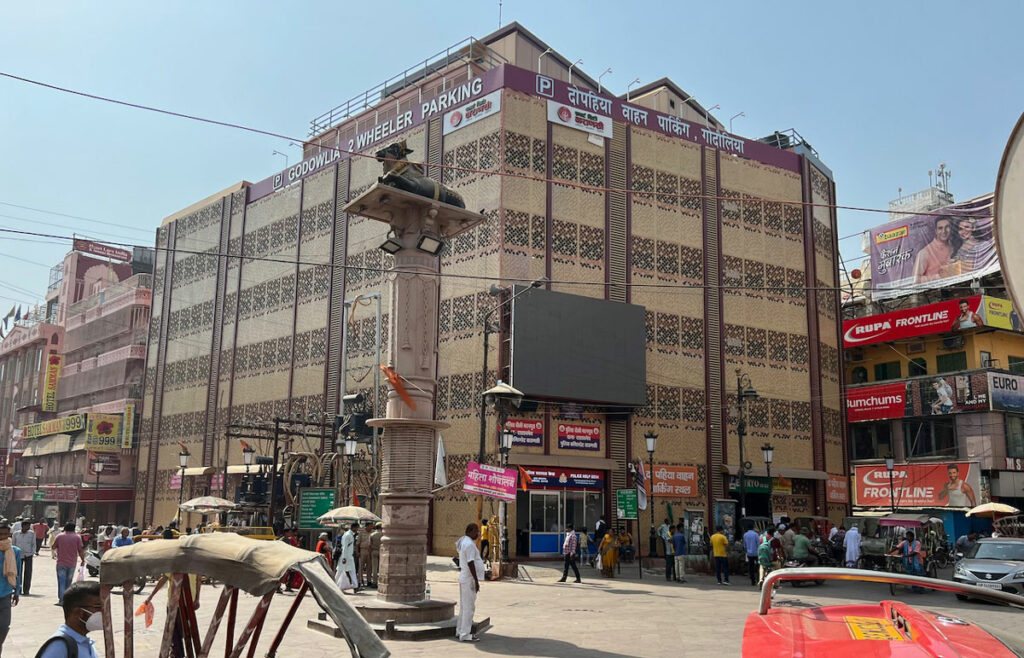
“We examine potential sites, calculate their economic viability and develop optimal concepts for ropeways all over India. In this, we contribute our knowledge from Alpine projects and make use of the latest technology,” Stephan Salzmann, Managing Director of SALZMANN Ingenieure, states.
Together with the Bernard Group based in Hall in Tyrol, the Bregenz company is planning eleven projects all over India on behalf of National Highways Logistics Management Limited (NHLML).
In addition to feasibility studies for 21 locations, the joint venture is responsible for the complete design of eleven ropeway projects, including structural analysis and buildings. This serves as the basis for a general contractor tender.
From the left: Christopher Cooper (Bernard); NC Srivastava,
Ravinder, Garg Gaurang (all NHLML); Jörg Egger, Stephan Salzmann (Salzmann Eng.); and Mrigank Shekhar (Bernard). Photo: Bernard Consult India
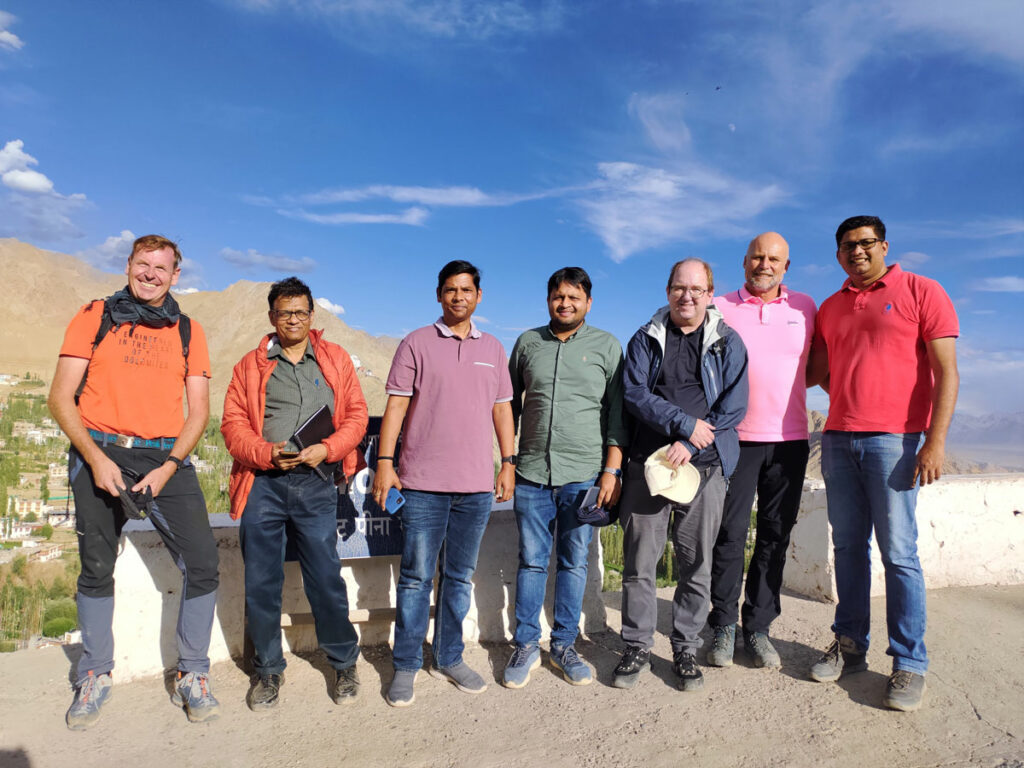
Plans for the whole of India
The applications range from traffic relief in the urban sphere to the regulation of pilgrim flows and provision for tourists. There are more than 3,500 kilometres between the individual projects, which extend from Leh in the northernmost union territory of Ladakh to Palani in the southernmost state of Tamil Nadu.
“The climate, culture, location, topography and type of use differ widely. Each project is a new world, demands new perspectives and enriches our expertise,” Salzmann says.
The urban ropeway
in Varanasi links Varanasi Cantt railway station to the Kashi Vishwanath Temple district. Photo: Google Earth/SALZMANN
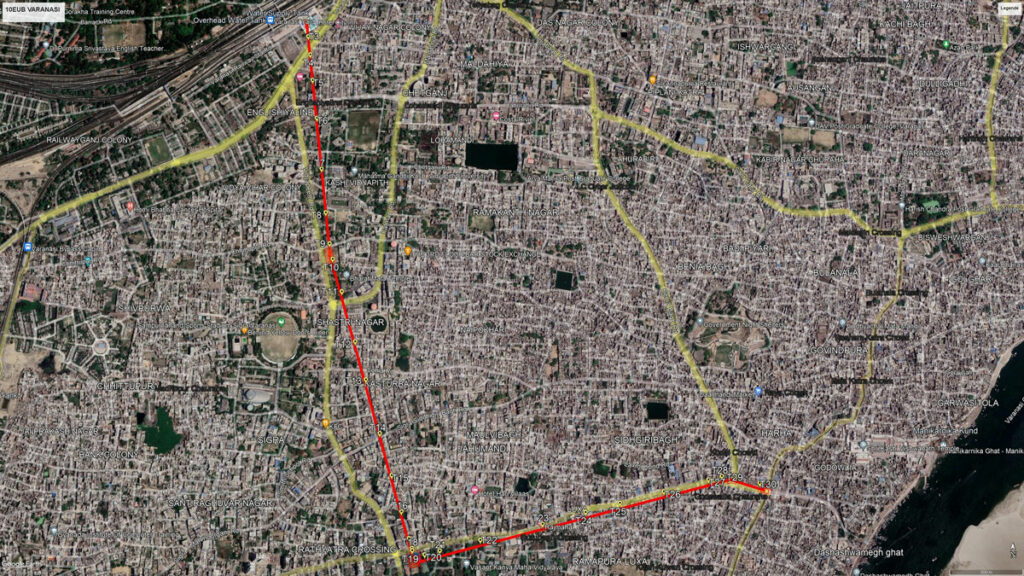
Varanasi flagship project
The first project is being developed in Varanasi, a city of over a million people in the state of Uttar Pradesh. Here, Salzmann engineers and the Bernard Group are planning a modern urban ropeway from Varanasi Cantt railway station to the Kashi Vishwanath temple district with the ghats on the Ganges.
With more than 90,000 visitors every day, the temple at the millennia-old pilgrimage site is one of the most important in the whole of India. The path to the holy sites is still on foot via overcrowded roads.
From 2025, it is expected that the flow of pilgrims will be transported there and back in 10-seater gondolas over two sections – 3,000 people per hour. The complete route is 3.6 kilometres long and runs parallel to the main traffic arteries. It is therefore seamlessly integrated into the existing cityscape.
“As safe and comfortable transport solutions, urban ropeways create direct connections. They reduce the volume of traffic at pinch points, bridge historical structures without more brutal interventions, and are therefore perfectly suited to very busy routes,” Stephan Salzmann states.
The planning is completed, and the tendering process for construction and operation is currently under way.
Stephan Salzmann
presents the ropeway projects for state client NHLML in India. Photos: SALZMANN
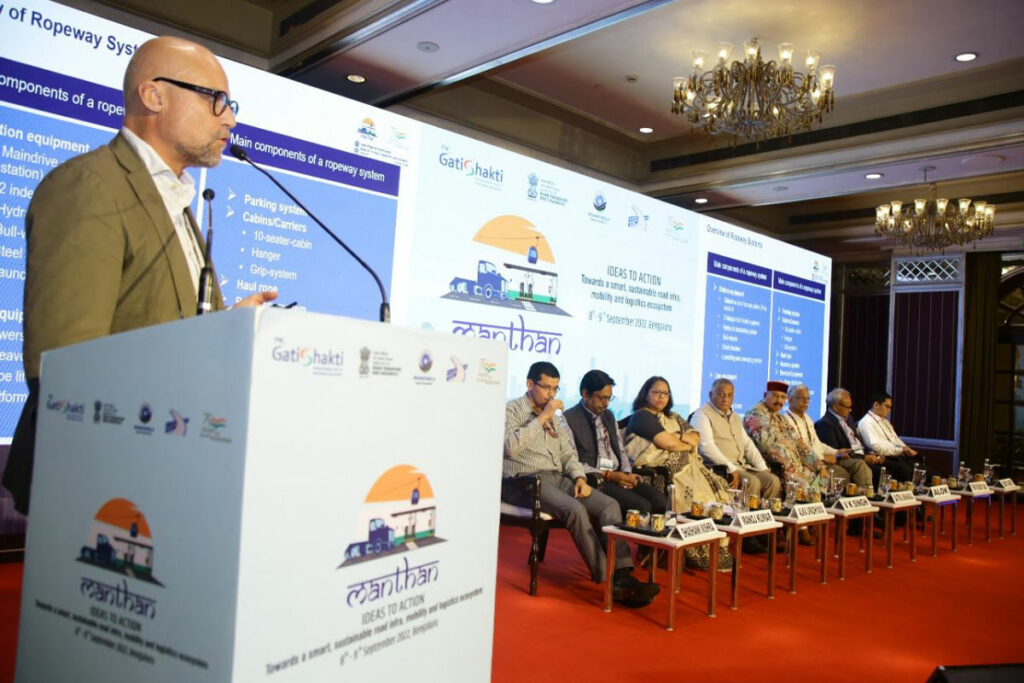
Outlook
The next projects are in Kullu in the state of Himachal Pradesh and in Shivkhori in the state of Jammu and Kashmir. Here, two single-cable circulating ropeways are being constructed, with transport capacity of 1,500 and 1,800 people per hour respectively.
“These are exciting jobs with great potential for innovative solutions to serve as role models,” Salzmann is pleased to say. The major order in India was placed in Salzmann Ingenieure‘s anniversary year. The company was celebrating its 50th anniversary.
VARANASI URBAN ROPEWAY
- 10-seater gondola single-cable circulating ropeway
- Transport capacity: 3,000 p/h
- Complete route length: 3.6 km
- Two sections, six stations
- Start: Varanasi Cantt railway station
- Destination: Kashi Vishwanath Temple (Godowlia)
- Planning: Salzmann engineers and the Bernard Group


